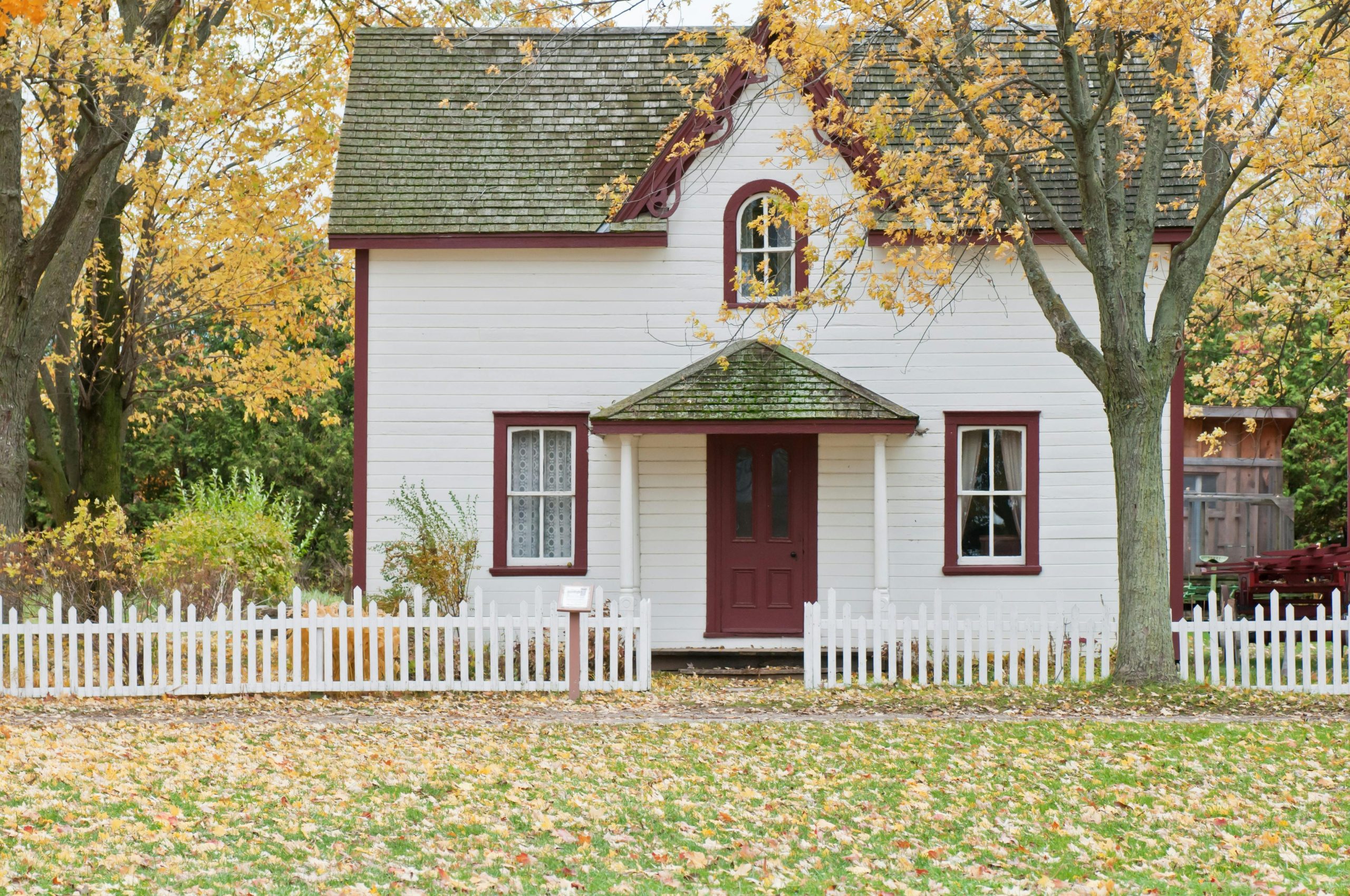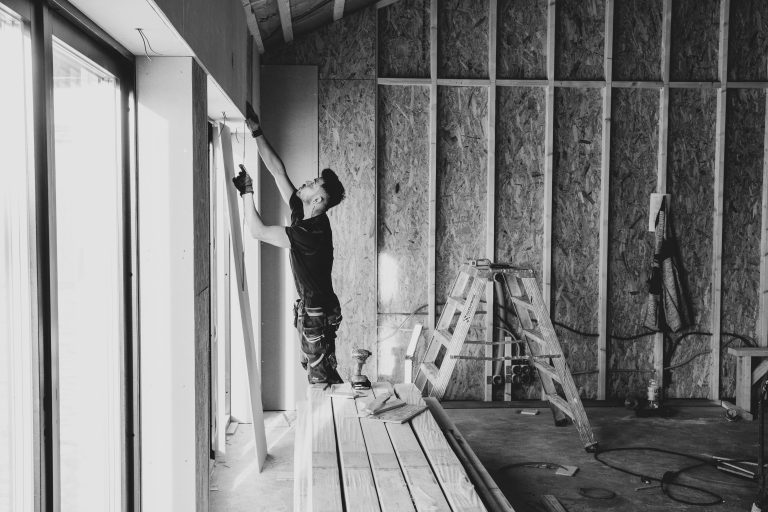Buyers Are Getting Less Home for More Money
First-time buyers across the country are adjusting their expectations for affordable starter homes, choosing smaller homes just to stay in the game. According to The Wall Street Journal, “buyers who are trying to purchase their first home… are making certain concessions” like sacrificing square footage or skipping features they once considered essential (WSJ).
I see this happening constantly. Many of today’s buyers start out looking for around 2,000 square feet, but quickly scale back once they see what their budget actually gets them.
Builders Are Downsizing Too
National builders are adjusting to affordability pressures by building smaller homes. D.R. Horton reported that listings with smaller floor plans have seen increased demand. In fact, attached homes like townhomes and duplexes made up 17 percent of their closings last quarter, the highest since 2006.
This lines up with what I am seeing locally. More builders are leaning into compact floorplans with flexible layouts instead of luxury upgrades.
Smaller Homes Are Not Actually That Cheap
In theory, less square footage should mean lower prices. But that is not what buyers are experiencing. As The Wall Street Journal points out, new homes in Colorado Springs shrank by 14% in size over the past year, yet prices only fell about 7% (WSJ).
Shrinking the home does not shrink the land cost, the permit fees, or the labor involved. Smaller homes help with headline prices, but do not necessarily improve price per square foot.
Starter Homes Are Rare and Expensive
Back in the 1950s, small homes made up 92% of new construction. Today, that number is much lower. The median price of a starter home rose to $287,000 in 2024, up 44% since 2020. And to qualify, buyers now need to earn more than $100,000 per year, double what was needed just four years ago.
At the same time, builders are still hesitant to go all in on the starter home market because profit margins are tighter. It is simply more expensive to build anything right now.
What This Means for Today’s Buyers
If you are shopping in this market, here is my honest advice:
- Be realistic about your must-haves
- Be flexible with size and layout
- Understand that prices are still high even for smaller homes
- Focus on homes that function well, not just look good on paper
- Ask your agent about local builder incentives or credits
Affordability challenges are not going away overnight. But a well-informed buyer can still make a smart move in today’s market.
Final Thoughts
The trend toward smaller homes is real, and it is happening across the country. I have seen it firsthand with clients who are adjusting their expectations and still finding great places to live. But smaller homes are not a cure-all. Buyers are still paying more than they were just a few years ago, and often for less house.
If you are feeling stuck or unsure where to start, I am happy to connect you with a trusted local real estate agent who can help you navigate the current market with clarity and confidence.







